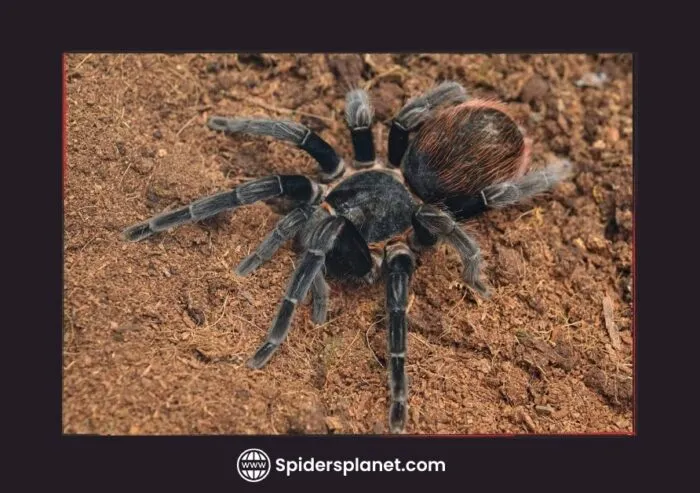Seeing your tarantula refuse food for an extended period can be a cause for concern for any pet owner. Tarantulas, like all living creatures, have specific needs that must be met for them to thrive. While occasional fasting is normal, a tarantula not eating for months is a serious issue that needs prompt attention. This article explores the top five reasons why your tarantula might be refusing food, what you can do about it, and how to prevent this issue in the first place. Understanding these factors will help you ensure your eight-legged friend lives a long, healthy, and fulfilling life.
Why Is My Tarantula Not Eating
A tarantula not eating for months can be attributed to several factors, ranging from natural behaviors to underlying health problems. Identifying the root cause is crucial for providing appropriate care. Careful observation of your tarantula’s behavior, environment, and any changes in its appearance is vital to determining the cause of the anorexia.
Common Reasons for Tarantula Fasting
Pre-Molting Behavior
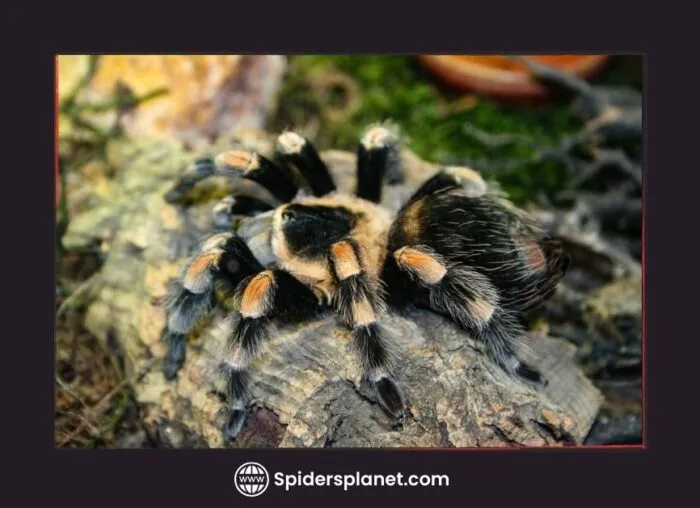
One of the most common reasons for a tarantula to stop eating is the impending molt. During this process, the tarantula sheds its exoskeleton to grow. As molting approaches, tarantulas often lose their appetite, and some may stop eating for weeks or even months. Look for signs like a darkening abdomen, a bald spot on the abdomen (in some species), or the tarantula spending more time in one place. Do not disturb your tarantula during this time, as stress can complicate the molting process. Ensure the enclosure has adequate humidity to assist with the molt. Provide a shallow water dish to help them stay hydrated. Pre-molting can last anywhere from a few weeks to several months, depending on the age and species of the tarantula. This is usually the most common, and least concerning reason.
Stress and Environmental Factors
Stress can significantly impact a tarantula’s appetite. Loud noises, vibrations, or frequent handling can lead to stress. Environmental conditions, such as an enclosure that is too small or has inadequate hiding places, can also contribute to stress. Changes in the environment, like relocation or the introduction of new elements, can also affect their eating habits. The ideal environment should mimic their natural habitat. Provide appropriate temperature, humidity, and plenty of hiding places like cork bark or artificial plants. Maintaining a stable and secure environment is critical for a tarantula’s well-being.
Temperature and Humidity Issues
Tarantulas are ectothermic, meaning they rely on external sources to regulate their body temperature. If the temperature in the enclosure is too low, their metabolism slows down, and they may lose their appetite. Similarly, improper humidity levels can also affect their health and willingness to eat. Each tarantula species has specific temperature and humidity requirements, so research your tarantula’s needs. Use a reliable thermometer and hygrometer to monitor the conditions in the enclosure. Adjust heating and ventilation as needed to maintain the correct environment. Misting the enclosure is also an important step.
Parasites and Illnesses
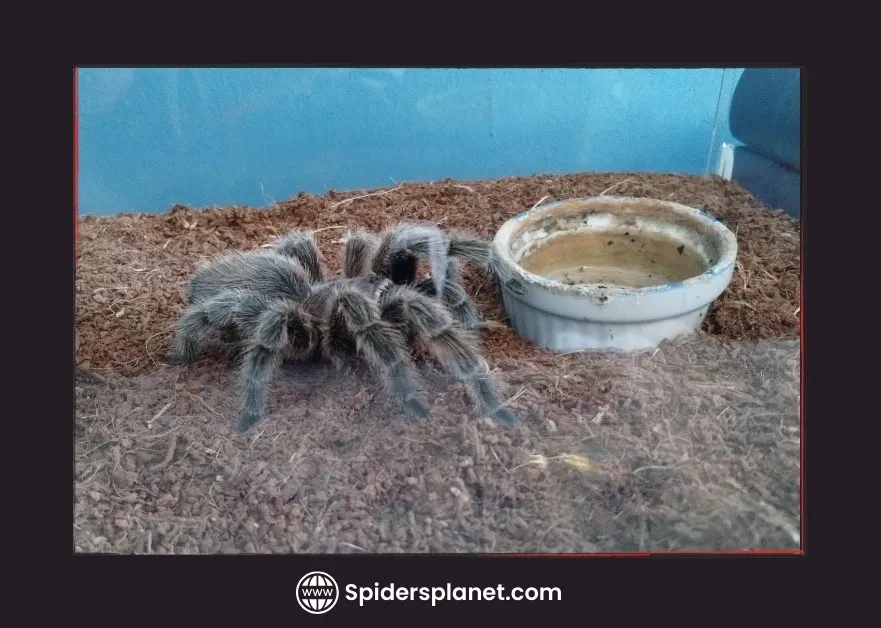
Tarantulas, like any animal, can be affected by parasites and illnesses. Parasites can irritate or weaken the tarantula, leading to a loss of appetite. Similarly, bacterial or fungal infections can also make them unwell. Look for other signs of illness, such as lethargy, unusual postures, or discoloration. If you suspect your tarantula is sick, it is important to consult a veterinarian experienced in exotic animals. Early diagnosis and treatment are crucial for a successful recovery. Keeping the enclosure clean and providing proper ventilation can help minimize the risk of illnesses.
Food Issues
Sometimes, the problem isn’t the tarantula, but the food. If the prey is too large, too small, or not of the right type, your tarantula may refuse to eat. Also, if the prey is dead or dying, the tarantula may lose interest. Make sure the prey is appropriate for the tarantula’s size and species. Crickets, mealworms, and roaches are common choices. Remove any uneaten prey within 24 hours to prevent stress for the tarantula. Ensure the prey is healthy, well-fed, and free from parasites before offering it to your tarantula. Variety in the diet can sometimes help stimulate the appetite.
What to Do If Your Tarantula Is Not Eating
If your tarantula has stopped eating, it is time to take action. Begin by carefully observing your tarantula and its environment to identify potential causes and appropriate responses. Patience and careful monitoring are key. Here are some steps to take if your tarantula refuses food.
Observe Your Tarantula Closely
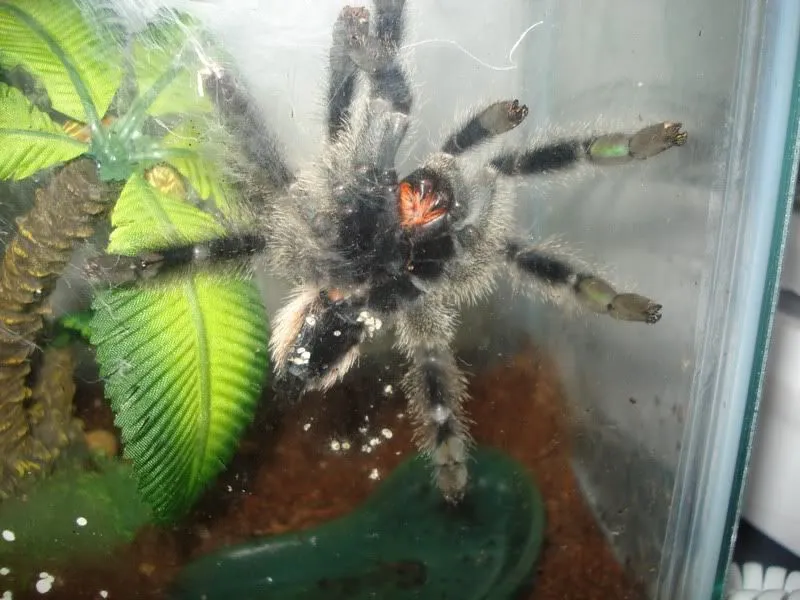
Spend time watching your tarantula’s behavior. Note its posture, activity level, and any unusual signs. Does it appear lethargic, or is it moving around? Is it spending more time in a specific area of the enclosure? Look for any physical changes, such as a swollen abdomen or any unusual spots. These observations will help you narrow down the possible causes of the loss of appetite. Keep a record of your observations, including the date, time, and any relevant details. These notes can be helpful when consulting with a veterinarian or experienced tarantula keeper.
Check the Enclosure Conditions
Ensure the temperature and humidity levels in the enclosure are correct for your tarantula’s species. Use a thermometer and hygrometer to monitor the environment. Make sure the enclosure is clean and that there are no signs of mold or mildew. Check the substrate for any signs of pests or contamination. Provide a suitable hiding place, such as a cork bark or a hollow log. A comfortable and stable environment is essential for your tarantula’s well-being and appetite.
Offer Different Food Options
Sometimes, a change of diet can stimulate a tarantula’s appetite. If you typically feed your tarantula crickets, try offering a different type of prey, such as mealworms, roaches, or even a pre-killed pinky mouse (for larger species). Vary the size and type of prey to see if anything sparks its interest. Ensure the prey is freshly sourced and healthy. Remove any uneaten prey within 24 hours to avoid stressing the tarantula or introducing pests.
Consult a Veterinarian
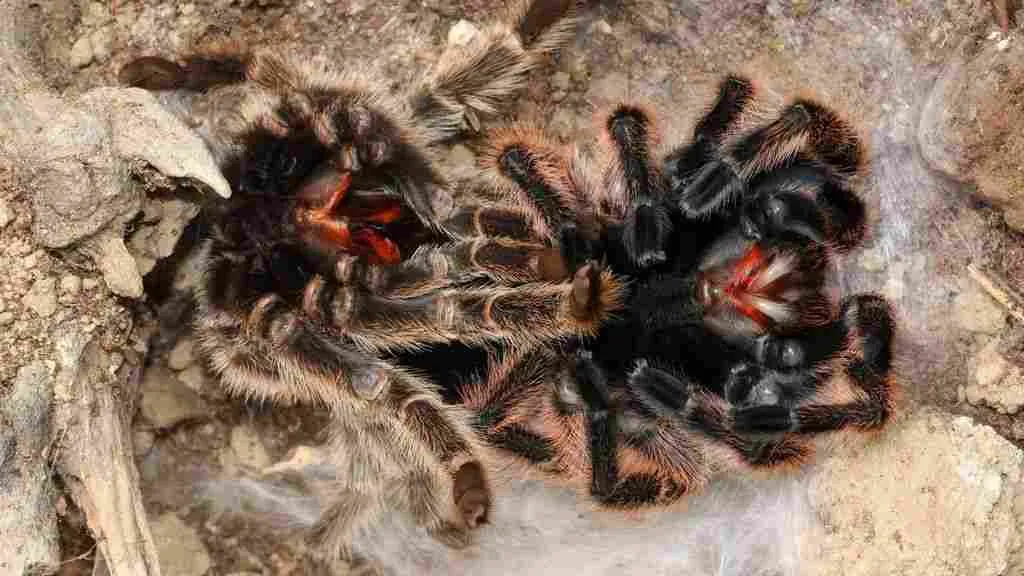
If your tarantula continues to refuse food, or if you notice any other signs of illness, it’s crucial to seek professional help. Find a veterinarian experienced in exotic animals or a reptile specialist. They can perform a physical examination, run tests, and provide a diagnosis. Early intervention can make a significant difference in your tarantula’s recovery. Bring any records of your observations, including the enclosure setup, temperature, humidity, and feeding history. This information can help the vet assess the situation.
Preventative Measures for Healthy Tarantulas
Prevention is key to ensuring your tarantula stays healthy and eats regularly. By following these preventative measures, you can create a stable environment and reduce the likelihood of your tarantula experiencing appetite loss.
Proper Enclosure Setup
Creating a suitable environment is essential for your tarantula’s health and well-being. The enclosure should be the right size for your tarantula’s species and age. Provide appropriate substrate, hiding places, and decorations. Maintain the correct temperature and humidity levels. Ensure good ventilation to prevent mold and mildew growth. A well-designed enclosure reduces stress and encourages healthy eating habits.
Consistent Feeding Schedule

Establish a regular feeding schedule tailored to your tarantula’s species, age, and size. Juvenile tarantulas typically require more frequent feeding than adults. Offer a variety of prey items to ensure a balanced diet. Avoid overfeeding, as this can lead to health problems. Remove any uneaten prey within 24 hours. A consistent feeding schedule helps regulate your tarantula’s metabolism and maintains its appetite.
Regular Monitoring
Regularly monitor your tarantula’s behavior, appearance, and environment. Keep a record of feeding habits, molting cycles, and any unusual observations. This information will help you identify any potential problems early on. Regularly check the enclosure for cleanliness and proper temperature and humidity levels. Early detection of any changes can prevent serious health issues and ensure your tarantula’s long-term well-being.
Conclusion
A tarantula not eating for months can be a worrying situation, but by understanding the potential causes, taking appropriate actions, and implementing preventive measures, you can help your pet thrive. Remember to observe your tarantula closely, maintain a suitable environment, and seek professional help when needed. With proper care and attention, your tarantula can live a long and healthy life.
